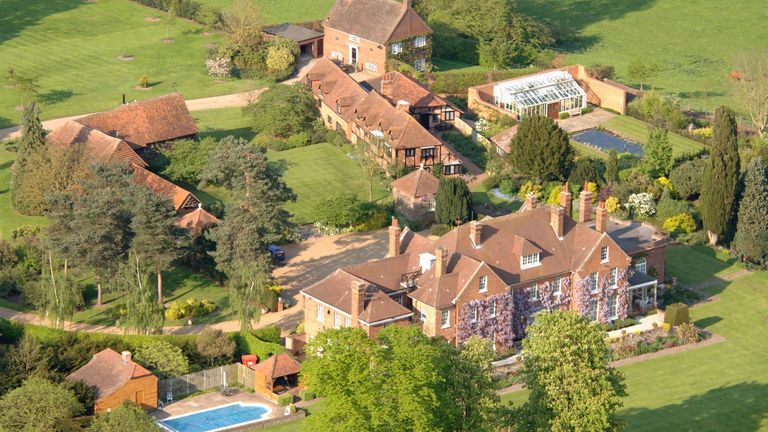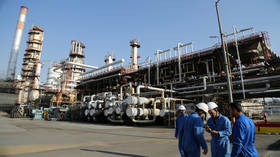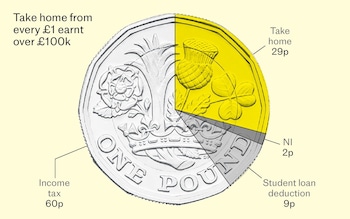A hare-brained proposal to re-label parts of our much-loved green belt land as the “grey belt” is back again.
The introduction of the green belt was designed to curb sprawl around urban areas, yet the rules are believed by some to throttle growth and prevent housing being built.
To get round this, Sir Keir Starmer has set his sights to build on things like car parks and unloved and “ugly” land. Yet car parks are already “brownfield” land and do not need to be rebranded.
And where to start on ugly land – who will be the beholder? Beauty is subjective. One man’s rural idyll is a developer’s blank space. And if a new definition of “ugly” land is made, there is then a risk that landowners will allow their land to uglify to meet the stipulations.
Without stating the obvious, land is nearly all providing a service of some kind already. Food-growing, spaces for nature, spaces for leisure, spaces for businesses. There is not an abundance of empty space doing nothing.
In fact, a study for CPRE Hampshire in 2020 came up with some powerful findings about what protected green belt land can do. The study supported the introduction of a proposed new green belt, and found it could generate almost £26m a year in terms of health, wellbeing, economic and ecosystem benefits.
Secondly, it presented the all-important value of ecosystem services that the proposed green belt would provide. These include removal of air and carbon pollution, while providing flood protection and biodiversity.
So, let’s not diss these ugly spaces. They’re working hard for us. Those who seek to smother green belts in concrete tend, rather conveniently, to forget that these spaces do provide valuable services. It is often the “nature next door” for millions of urban dwellers.
But let’s say the ugly plots were all built on – would they be anywhere near services or public transport? Will the houses be affordable to locals, or merely cheap for city centre escapees and a good investment for foreigners?
What could actually be useful is running a grown-up review of what the green belt does. But that would have to be a review untainted by mud-slinging and binary position-taking – and kept out of the hands of politicians, who have all drunk the home-ownership-dream-Kool-Aid by the bucket load.
We also need to ask who all the new houses are being built for. And we need robust policy and encouragement for re-use of existing buildings.
While the Labour Party seems more interested in a numbers game rather than in what is actually built, there are references to a wish for 50pc of new homes to be “affordable” and the need for infrastructure to accompany new housing.
“Infrastructure first” is a good rallying cry, and a necessity. However, funding infrastructure and delivering are very different matters. Without concrete proposals, if you will excuse the pun, for how infrastructure will be funded, this is nothing but rhetoric.
Likewise “affordable”. What does that mean? We don’t need more shared ownership that leaves people with terrifying and unpredictable costs. We don’t need housing estates whose residents are forced to be car-dependent. We don’t need more unaffordable “affordable”, at a discount to market prices. That in itself is an insult when there is already a new-build premium.
The ultimate in affordable housing is almshouses. I was a trustee of an almshouses charity a few years ago. They tick all the boxes – the homes are held in perpetuity (without the right to buy removing assets from the portfolio), and residents have a long-term solution provided in line with local housing allowances. It has been tried and tested for a thousand years. Let’s see Labour support almshouses in every settlement.
Community Land Trusts offer another solution, putting power in the hands of communities.
Social housing is desperately needed. Only this week I saw a plea for help on a local social media account from someone who is seeking a rental property but struggling to find one due to being on benefits. Another, with two children, commented saying they had the same problem.
Not only would social housing provide a safe roof over every head, it would bring enormous benefits to the economy. Research from Shelter and the National Housing Federation in February this year shows that building 90,000 social rented homes would add £51.2bn to the economy and support almost 140,000 jobs.
I wish decision-makers would listen. The study found that within just three years the programme would break even, with wider economic costs surpassing the upfront costs of building.
We need Starmer to use his grey matter and rise above glib “grey belt” labels to look at who is in desperate need of housing, and set out how he will meet it. We must not sacrifice our green belt for investors, or invent new names for parts of it.
We should stick with the brownfield label, and ensure that brownfield land – except in circumstances where it has become a rich habitat – becomes the initial default for housing.
Brownfield first, infrastructure first, affordable first: but with clear plans for how it will be delivered.
Disclaimer: The copyright of this article belongs to the original author. Reposting this article is solely for the purpose of information dissemination and does not constitute any investment advice. If there is any infringement, please contact us immediately. We will make corrections or deletions as necessary. Thank you.



